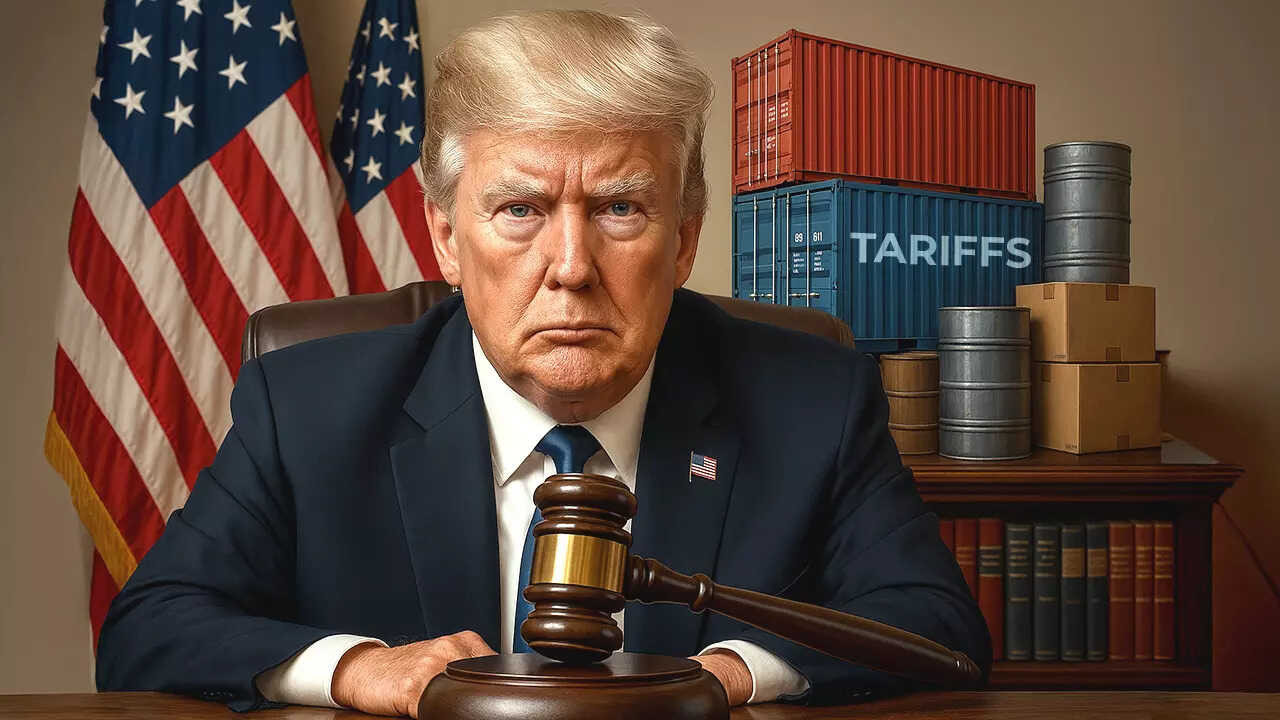Donald Trump announced new tariffs on foreign imports. These tariffs will be effective from August 1, 2025. He stated no further extensions would be granted. Letters outlining tariffs have been sent to various countries. These countries include Japan, South Korea and others. The tariffs range from 25 to 40 percent. This is unless trade deals are reached before the deadline.
The Trade Winds are Shifting: What Trump’s Tariff Threats Mean for Your Wallet
The air is thick with anticipation, not just from summer humidity, but from the looming possibility of escalated trade wars. Former President Donald Trump, never one to shy away from shaking things up, has recently signaled a renewed interest in tariffs, stirring unease in international markets and leaving consumers wondering what it all means.
Trump, speaking publicly, suggested that more tariff-related announcements are on the horizon. He also made it clear that there would be “no extension” regarding a previous deadline of August 1st, pushing a sense of urgency into the conversation. While the specific details of these potential tariffs remain shrouded in some mystery, the implications could be far-reaching, impacting everything from the cost of electronics to the price of your next grocery run.
Why This Matters: Beyond Headlines about Tariffs
It’s easy to dismiss these developments as abstract political maneuvering. However, tariffs – taxes on imported goods – have a very real and direct impact on businesses and individuals. When tariffs are imposed, companies importing goods into the U.S. often face higher costs. These costs are frequently passed on to consumers in the form of increased prices.
Think about it: that new smartphone you’ve been eyeing? The price could jump if components sourced from overseas become subject to higher tariffs. Or perhaps your favorite brand of coffee, imported from South America, suddenly costs more. The ripple effect can touch a surprising number of everyday products.
The primary goal of tariffs is often to protect domestic industries by making imported goods more expensive, theoretically encouraging consumers to buy American-made products. However, this protectionist approach can also lead to retaliatory tariffs from other countries, creating a cycle of escalating trade tensions and potentially harming American businesses that rely on exports.

August 1st and Beyond: A Ticking Clock for Global Trade
The mention of the August 1st deadline adds another layer of complexity. While the specific context of this deadline remains somewhat unclear in available reports, it seems tied to pre-existing trade agreements or previous tariff impositions. The refusal to grant an extension suggests a commitment to a hard-line stance on trade negotiations, potentially creating pressure for other nations to make concessions.
This aggressive posture could be interpreted in a couple of ways. On one hand, it might be a negotiating tactic, a way to leverage the threat of tariffs to secure more favorable trade deals. On the other hand, it could signal a genuine desire to fundamentally reshape trade relationships, prioritizing domestic production even at the expense of short-term economic disruption.
Interested in learning more about how trade policies affect local businesses? Check out our article on [Supply Chain Disruptions and Small Businesses](internal-link-here).
Navigating the Uncertainty: What Can Businesses and Consumers Do?
In the face of such uncertainty, businesses and consumers alike are grappling with how to prepare. For businesses, strategies might include diversifying supply chains to reduce reliance on any single country, exploring domestic sourcing options, or hedging against currency fluctuations. They might also need to carefully consider their pricing strategies to absorb some of the potential tariff costs without alienating customers.
Consumers, while having less direct control, can still take steps to mitigate the impact. This might involve comparing prices across different retailers, delaying major purchases if possible, or exploring alternative products that are less susceptible to tariff-related price increases. Staying informed about the latest developments in trade policy is also crucial for making informed purchasing decisions. Understanding the impact of global tariffs is more important than ever.
The Road Ahead
The situation is fluid, and the ultimate outcome remains uncertain. However, one thing is clear: trade policy is a powerful force that can shape the global economy and influence the lives of ordinary people. By understanding the implications of tariffs and staying informed about ongoing developments, businesses and consumers can better navigate the choppy waters of international trade and make informed decisions that protect their interests. As the deadline looms, the world watches, waiting to see how these trade winds will ultimately blow.







